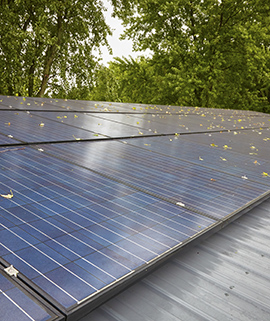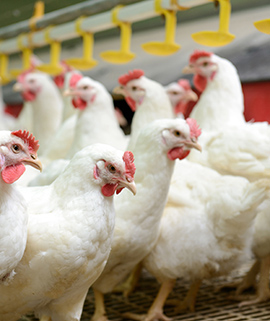The Dynamic Landscape of Farmland Real Estate in 2024
The landscape of farm real estate continuously evolves, influenced by various economic, environmental and cultural shifts. Compeer Financial’s latest Appraisal Report dives into the complexities of this change and illuminates current trends and future projections. Southeastern Wisconsin’s farmland stands as a microcosm of this transformation, revealing insights that resonate across rural America.
The Surge in Farmland Values
The region has seen a remarkable increase in the value of farmland, particularly from the fall of 2021. Key parcels of land have climbed from $7,000 per acre to upward of $16,000, demonstrating the intensity of the market. A local benchmark revealed an increase in value just shy of 20% from 2021 to 2022. And from 2022 to 2023, there was another increase of about 16%. This surge is not an isolated phenomenon. The high commodity prices and tight grip on land availability seems to be sustaining high prices at this time.
Historical patterns suggest the market could be poised for a shift soon. High interest rates and lower commodity prices bring economic pressures into the equilibrium. The forecast for 2024 and beyond hinges on how the market reconciles these opposing forces – a subject of great interest and potential concern. The broader implications point to the need for caution among investors and the importance of strategic planning for farmers and landowners.

Emerging Trends: Solar Projects and Cage-Free Egg Production
Like many parts of the nation, southeastern Wisconsin is seeing a shift in land-use from production agriculture to renewable energy. Particularly in the most-southeastern counties of Wisconsin, we are seeing the burgeoning development of solar projects. Across Rock, Walworth and Kenosha Counties nearly 4,500 acres have been dedicated to solar projects since 2022.
Solar lease payments brought additional cash into the market. Local farmers are looking to re-invest into their businesses.
And while prices for building materials have leveled off since the pandemic, labor costs and availability can cause delays. These changes spark conversations around the displacement of productive farmland across the territory and what happens when leases end in more than two decades.

There has been a push toward cage-free egg production in the area too. These practices bring higher capital investments and operational expenses, which are ultimately passed down to consumers. And while the industry evolution requires consideration of on-farm profitability and sustainability, consumer preference will continue driving egg production practices.
Amidst the backdrop of asset value fluctuations and shifting agricultural practices, the landscape of farmland real estate hovers at a metaphorical crossroads.
The enduring vibrancy and resilience of rural America’s farmland will continue to spark dialogue and drive innovation. Navigating this fluid farm real estate market requires agility and forethought as opportunities arise and priorities shift.
For more information and to sign up for our monthly newsletter about agricultural and farmland valuation, visit our Appraisal Services page.
For more insights from the Compeer Appraisal team visit our blog